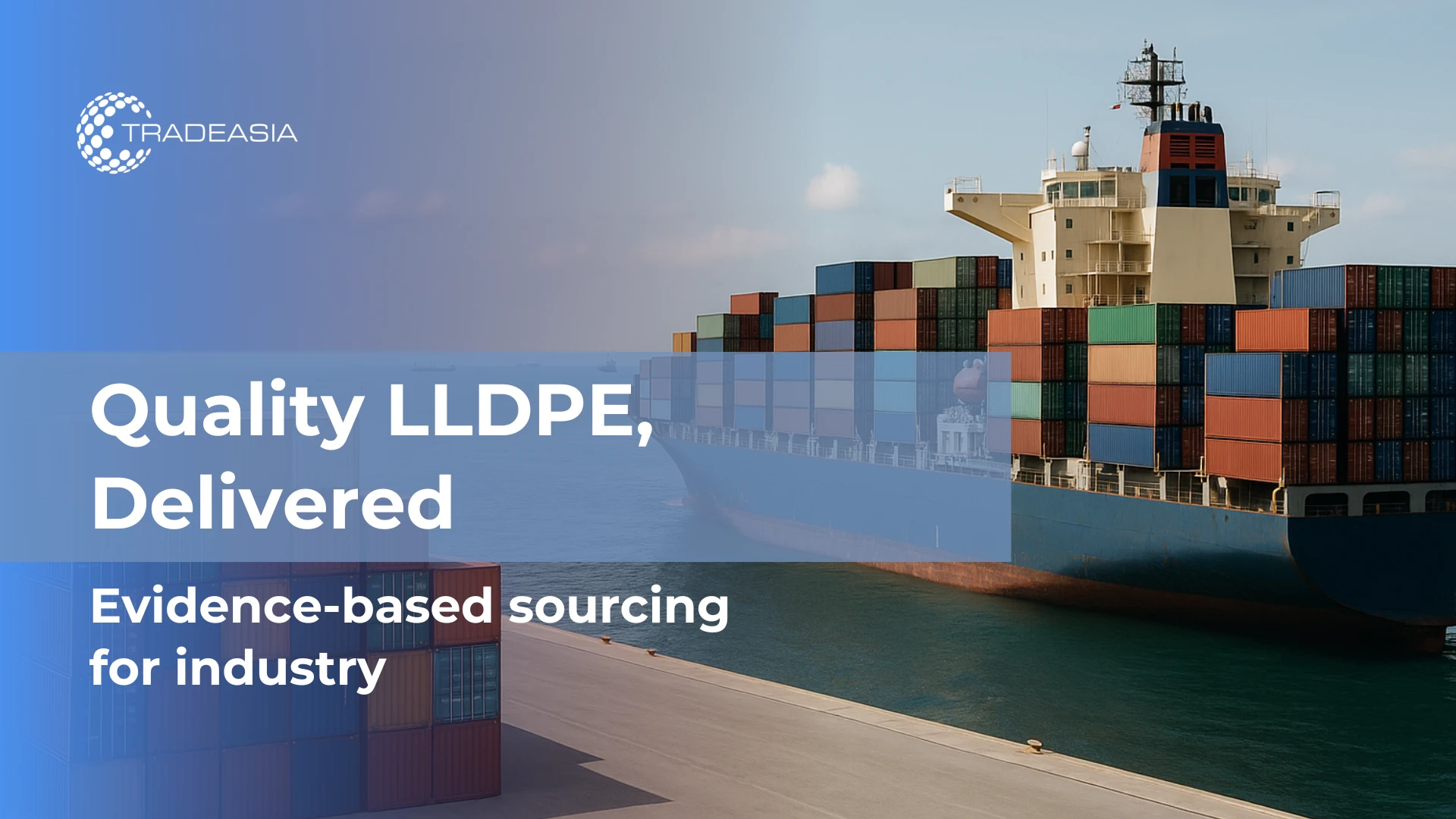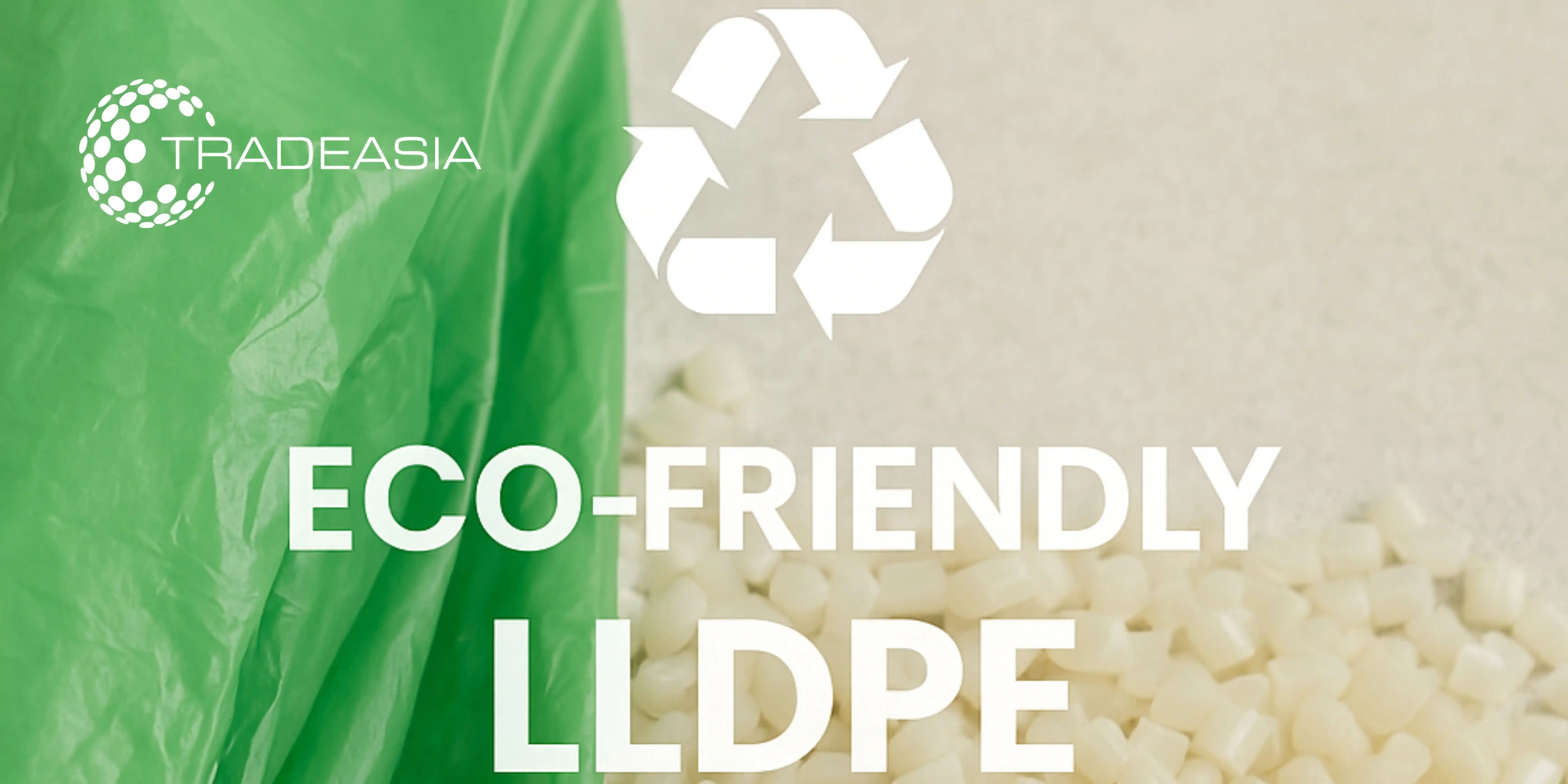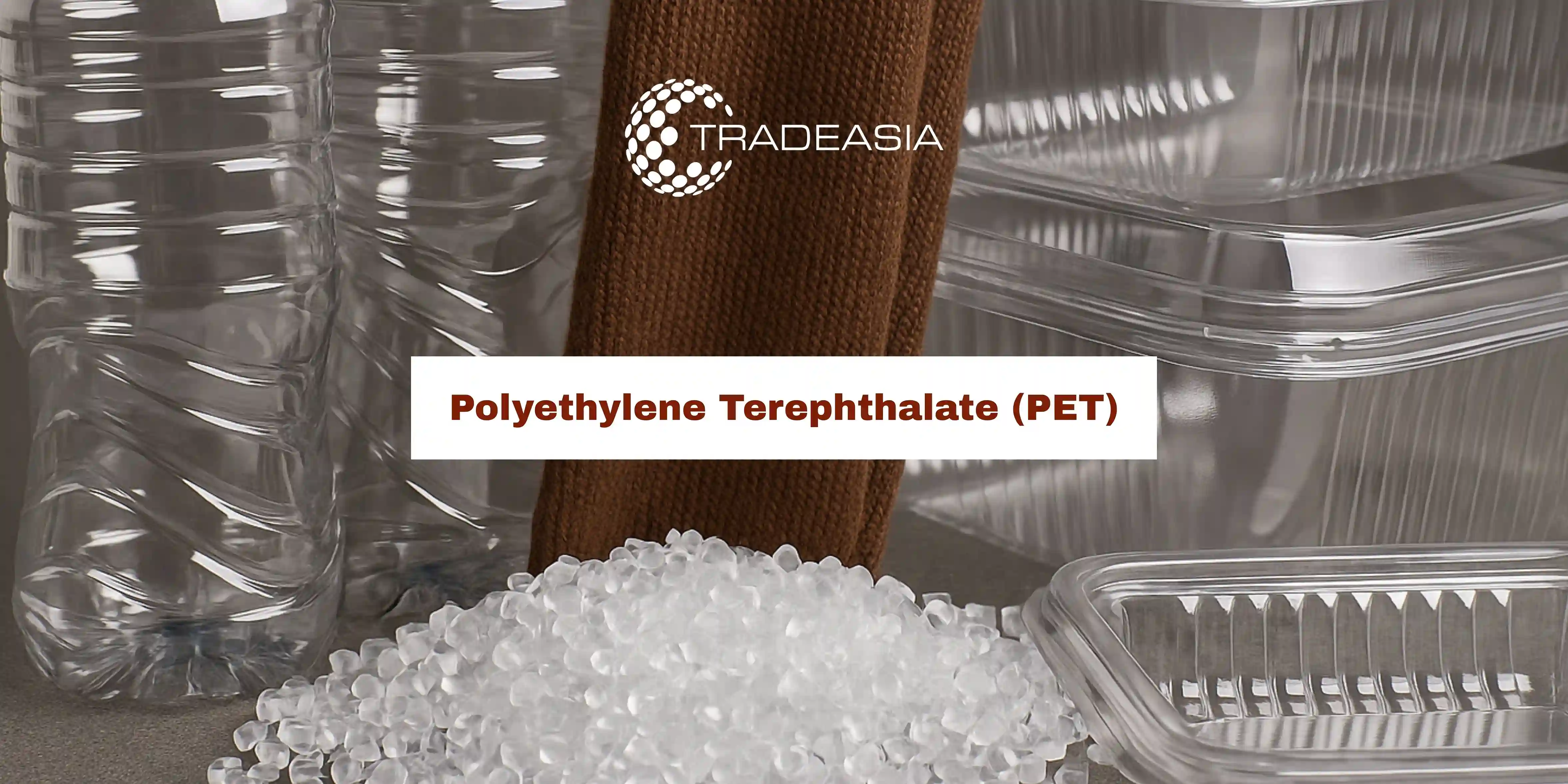1. Introduction: Why Reliability Starts with LLDPE Distribution
Modern plastic industry operations depend on uninterrupted resin flow. When a line stops for lack of LLDPE or off-spec material, costs compound across labor, waste, and missed delivery windows. A reliability-first lldpe supplier shields production plans from these shocks with disciplined sourcing, transparent documentation, and responsive logistics.
LLDPE is indispensable in flexible packaging, liners, stretch/shrink film, and selected molding applications because it balances puncture/tear resistance with processability. Understanding how a lldpe distributor manages grade portfolios, stock positions, and quality gates is as important as the resin specs.
Buyers should expect more than a commodity quote: look for distributors who publish live product pages, keep COAs accessible, and maintain clear escalation paths. See Plastradeasia by Tradeasia LLDPE overview for a baseline of grades and use-cases.
As a risk hedge, many converters also evaluate HDPE/LDPE alternatives in adjacent specs to keep options open during tight markets: HDPE ; LDPE.
2. LLDPE Basics that Buyers Really Use (Grades, MFR, Density)
Linear low density polyethylene typically spans density ~0.915–0.939 g/cm³ and a broad melt flow rate (MFR) window suitable for blown/cast film and some molding. These data points correlate with toughness, sealability, and drawdown stability—key metrics in film converting (background on polyethylene families: Plastic Europe Polyolefins Article).
Beyond headline numbers, comonomer choice (C4/C6/C8) influences toughness and optics. Buyers should evaluate film dart impact and tear (MD/TD) together with haze/gloss to predict print/laminate performance (typical methods: ASTM D1709 for dart impact, ASTM D1922 for tear, ASTM D1003 for haze).
For molding/extrusion grades, tensile and flexural properties (ASTM D638, ASTM D790) guide part stiffness and durability, while MFR stability under regrind indicates how robust the grade is to multiple heat histories.
A distributor that maps these properties to real applications helps you shortlist quickly and avoid trial-and-error. Technical data sheets should be paired with recent COAs so plant engineers can validate specs before release.
3. What “Quality Distribution” Means in Practice
Quality distribution starts with multi-sourced, pre-qualified LLDPE supply and continues with inbound QC, retained samples, and COA verification on every lot. This minimizes surprises from viscosity drift or contamination that can lead to gels and film breaks.
Stock should be spec-segmented (e.g., MFR bands, comonomer families) and FIFO-controlled to prevent aging and moisture issues. Your LLDPE supplier should publish service metrics such as on-time-in-full (OTIF) and provide shipment traceability down to pallet IDs.
Operationally, reliable distributors coordinate IBC/liner hygiene, anti-contamination protocols, and clean transfer equipment. They maintain backup transport lanes and regional hubs to reduce transit variance and weather-related risk.
Plastradeasia by Tradeasia provides clear product landing pages and document access to accelerate approvals: LLDPE — at LLDPE Product Page ; Download Center Page.
4. Documentation & Traceability: COA, DoC, and Test Methods
Industrial buyers expect COA per lot, supplier Declarations of Compliance, and clean method references. Typical property verification includes density, MFR (ASTM D1238), dart impact (ASTM D1709), tensile (ASTM D638), and tear (ASTM D1922).
For international tenders, aligning your internal SOPs with ISO 9001 and plastics testing standards improves audit outcomes and customer trust. This also streamlines regulatory submissions for food-contact where applicable.
When a new site or product is being qualified, keep a running change log and link COAs to shipment IDs. This creates an auditable trail that shortens dispute resolution and prevents repeat deviations.
5. Applications & Converting Windows (Film, Molding, Extrusion)
In blown film, LLDPE is valued for puncture and tear resistance with good drawdown. Converters tune BUR, frost line height, and cooling to target clarity vs toughness, then verify with ASTM D1709/D1922 metrics (see related link on point number 2).
In cast film, process stability and gauge control drive lamination yield. Comonomer choice influences seal initiation temperature and hot tack—critical for high-speed packaging lines; tensile/elongation (ASTM D638) can indicate edge-trim behavior.
In molding/extrusion, grades with suitable MFR and ESCR (environmental stress crack resistance) enable durable parts while keeping cycle times competitive. Baseline polyethylene property ranges and application narratives are compiled by PlasticsEurope (see related link on point number 2).
If you need adjacent materials to balance stiffness/clarity/cost, compare with LDPE (optics/sealability) and HDPE (stiffness/chemical resistance).
6. Inventory Strategy, Logistics, and Multi-Sourcing
Resilient distribution combines regional inventory with multi-sourcing across cracker and polymerization technologies. This reduces exposure to feedstock outages and shipping bottlenecks.
Service-level agreements should define safety stock, replenishment cadence, and escalation pathways. A capable lldpe distributor will share ETA visibility, provide alternative lanes during disruptions, and keep packaging standards consistent to avoid contamination.
For new projects or pilot lines, phased ramp-ups with optioned volumes protect both buyer and supplier. When demand spikes, pre-agreed flex bands and spot mechanisms help secure material without jeopardizing long-term pricing.
Ready to align a stocking plan with your sites? Talk to us here: Contact Form Page
7. Sustainability & Compliance Expectations
LLDPE’s recyclability depends on design for recycling and local infrastructure. Converters should follow credible guidance (e.g., RecyClass design rules for flexibles) to improve downstream sortability and quality—resource hub: External Guidelines
Where food-contact applies, keep migration and additive declarations current and ensure suppliers can provide the latest certificates. Refer back to ASTM/ISO methods when defining acceptance limits to avoid ambiguity.
Many brand owners request recycled content options or mass-balance solutions. A transparent distributor explains scope, chain-of-custody, and documentation limits so your claims remain accurate and defensible.
Documentation access speeds audits and tenders. Download the latest files directly on Our Download Center Page.
8. Conclusion: A Reliable Partner for LLDPE Supply
Industrial reliability is not luck; it’s engineered through quality LLDPE distribution—from grade curation and inbound QC to documentation and logistics discipline. The outcome is fewer changeovers, steadier film, and predictable output.
Plastradeasia's LLDPE portfolio, adjacent HDPE/LDPE options, and multi-region logistics give buyers the flexibility to maintain service levels even in volatile markets.
If your teams need samples, COAs, or a stocking proposal across multiple plants, we can help map the right grades to each converting window.



Leave a Comment